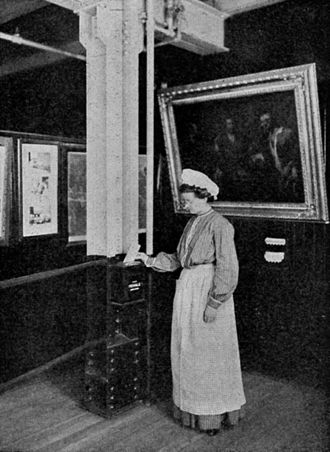
Donna Hopkins, R.N., vice president for the healthcare-consulting firm Novia Strategies, led a Becker’s Hospital Review seminar on reducing clinical variation to improve hospitals’ bottom line. As Becker’s noted: “Clinical variation involves the overuse, underuse, different use and waste of healthcare practices and services with varying outcomes.”
“Reducing clinical variations means creating uniform clinical guidelines and order sets, reducing tests and procedures, eliminating care gaps and delivering true interdisciplinary care,” said Ms. Hopkins.
The panel’s participants discussed successes in clinical variation.
Here are some highlights:
Steven Goldstein, CEO of Strong Memorial Hospital, in Rochester, N.Y., said reducing clinical variation within clinical redesign efforts is, in Becker’s paraphrase, “imperative for staying viable under risk-based payment models, and CMS’S goal to link 50 percent of Medicare payments to value-based reimbursement models by 2018 has fueled the sense of urgency around such efforts.”
Patrice M. Weiss, M.D., CMO, of Roanoke, Va.-based Carilion Clinic, said that after the American College of Obstetricians and Gynecologists recommended in 2013 refraining from inducing elective deliveries before 39 weeks of gestation, Dr. Weiss pushed to eliminate them at Carilion altogether.
“We quickly became one of the lowest early induction rate hospitals,” she said, noting that her hospital’s rate was less than 1 percent. “Then we received a letter from the state of Virginia that said a different Carilion hospital had a 17 percent early induction rate.”
Becker’s reported: “Dr. Weiss said she realized then that reducing clinical variation means hospital executives must know the differences in practices between hospitals, even within one system.”
Shelly Hunter, CFO of Mercy Hospital Joplin (Mo.), noted:
“If you have wide variation, you have less predictability in your finances, which leads to lower operating performance.”
She continued, in Becker’s paraphrase: “With standardized care, there are better outcomes for patients, fewer complications, lower rates of readmission and higher performance on other quality-based metrics that are tied to reimbursement. Importantly, as hospitals zero in on eliminating waste and duplicative services, standardized clinical pathways help reduce over-utilization of tests and labs. On the other hand, with high clinical variation and erratic utilization, it’s much more difficult to accurately predict costs.”
“In addition to quality-based metrics, patient satisfaction scores measured by HCAHPS affect federal reimbursement to hospitals. Clinical variation has the potential to derail patient satisfaction because lack of standardized care can lead to medical errors, complications, increased length of stay and readmissions, among other issues.”
“It is absolutely key that physicians are on board and engaged” with clinical variation reduction efforts, said Dr. Weiss. She added (Becker’s paraphrase): “Achieving systemwide physician engagement requires identifying and naming physician champions to serve as leaders. A strong physician champion is clinically active, highly respected by their peers, enthusiastic about effecting positive change and a strong communicator. While hospital administrators might be inclined to turn to department chairs or the most productive physicians to serve as physician champions, these factors alone don’t mean a provider will be a successful leader.”
Nancy Lakier, R.N., CEO of Novia, said that physicians are, in varying degrees, scientists. and so will want to see data before they change. “When physicians look at solid risk-adjusted data, and they don’t feel that they are being told what to do but rather being supported with data, we find they very quickly use this information to improve the care they provide for their patients,” she said.
To read the whole story on the Webinar, please hit this link.







